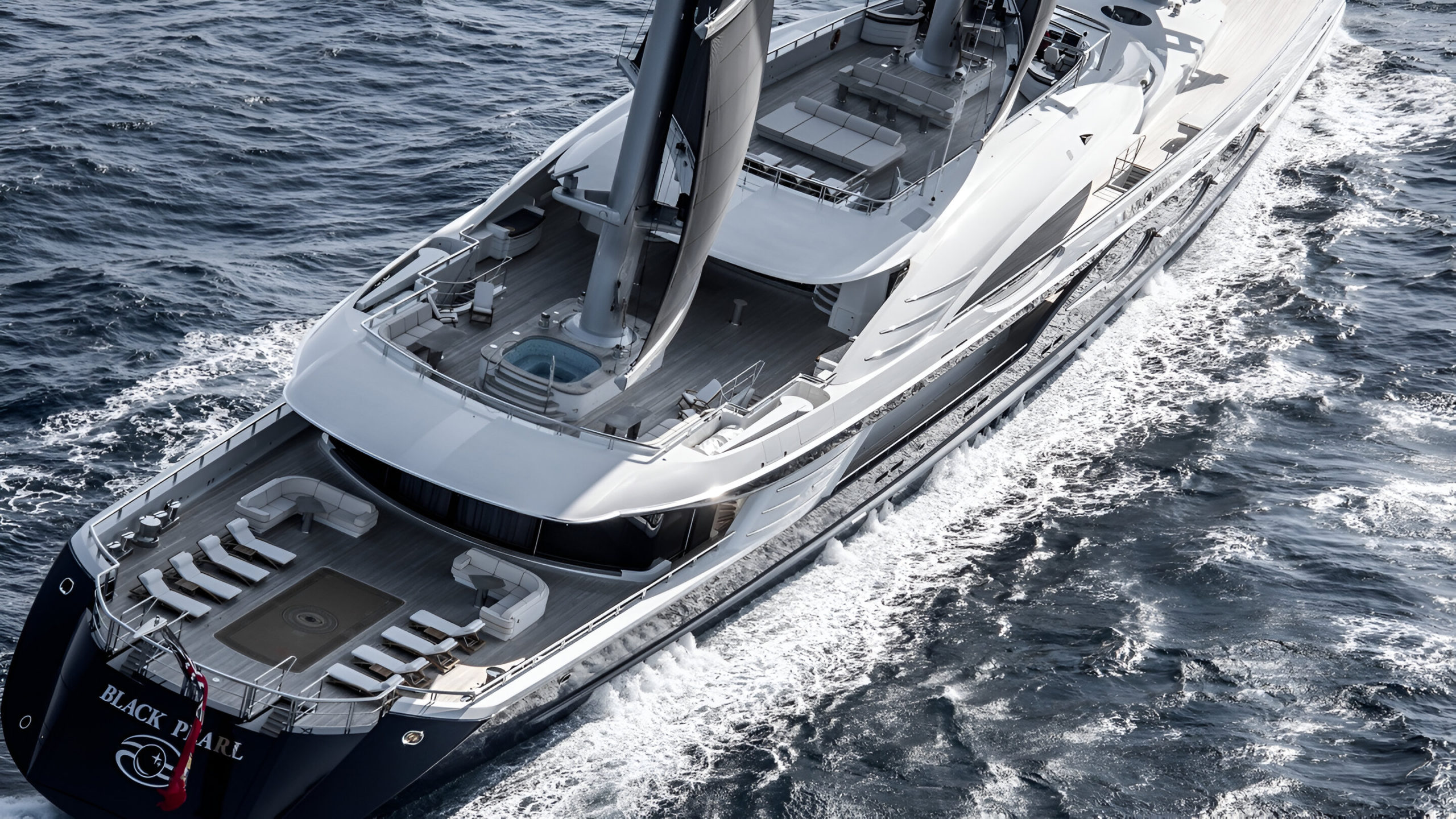Have you ever dreamed of driving a car so powerful it’s actually illegal? Some of the world’s most thrilling supercars never made it to public roads. These automotive legends couldn’t meet regulatory standards or were designed specifically for track use. Ready to discover the forbidden fruits of automotive engineering?
Let’s explore ten incredible supercars that proved too wild for the streets.
10. Lamborghini Sesto Elemento (Exterior)
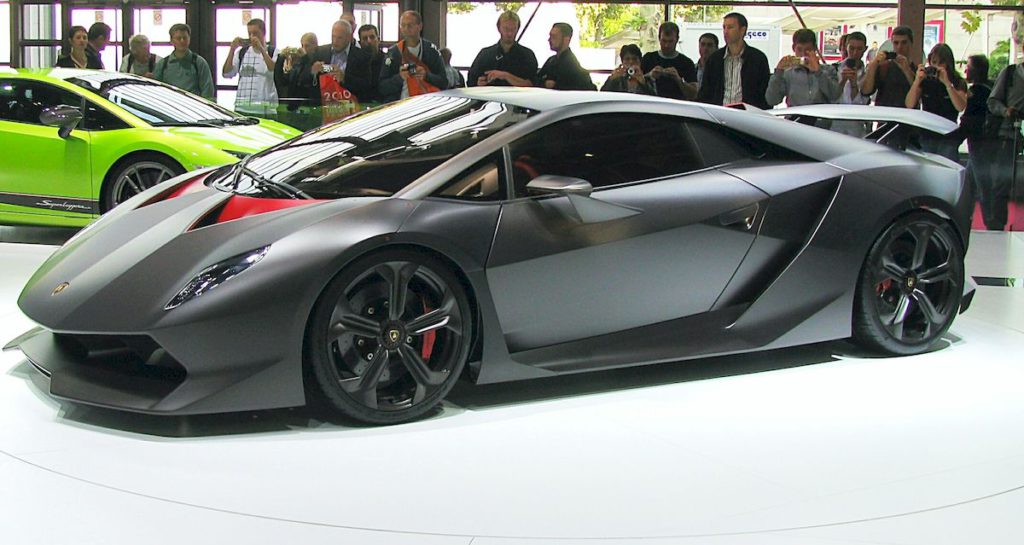
Imagine handling 570 horsepower in a vehicle weighing less than your average compact car. This track-focused Lamborghini channels its power from a 5.2L V10 engine, delivering 0-60 mph acceleration in just 2.5 seconds. The radical carbon fiber construction provides an unmatched power-to-weight ratio that conventional supercars cannot achieve.
Lamborghini deliberately omitted safety features like airbags, ABS, and stability control to minimize weight. Unlike many cars on this list, the Sesto Elemento was deliberately designed as a track-only car and was never intended to be street-legal from the factory. For the lucky few who experience it on private tracks, nothing else on four wheels delivers such an unfiltered rush of pure speed.
Lamborghini Sesto Elemento (Interior)
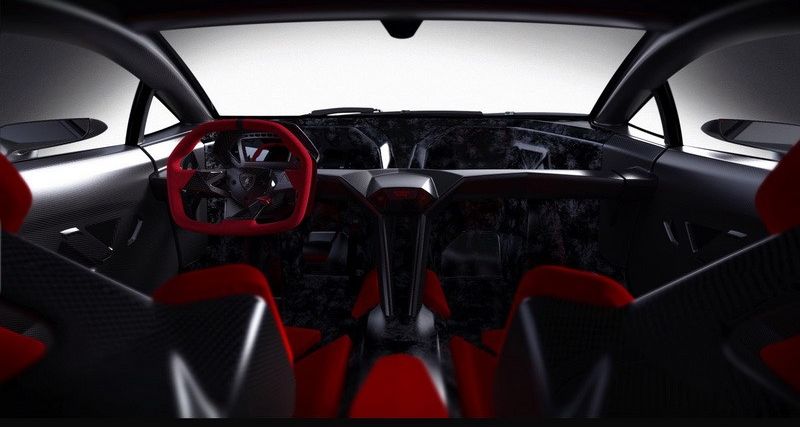
If you’re looking for luxury amenities, the Sesto Elemento’s cabin will shock you with its deliberate absence of comfort. Lamborghini eliminated everything non-essential, leaving exposed carbon fiber throughout the cabin. The seats consist of simple foam pads attached directly to the carbon tub with minimal adjustment. Dashboard instrumentation includes only critical gauges with no infotainment system to distract from driving. Even sound insulation disappeared in pursuit of the aggressive weight target.
9. Lamborghini Strosek Diablo (Exterior)
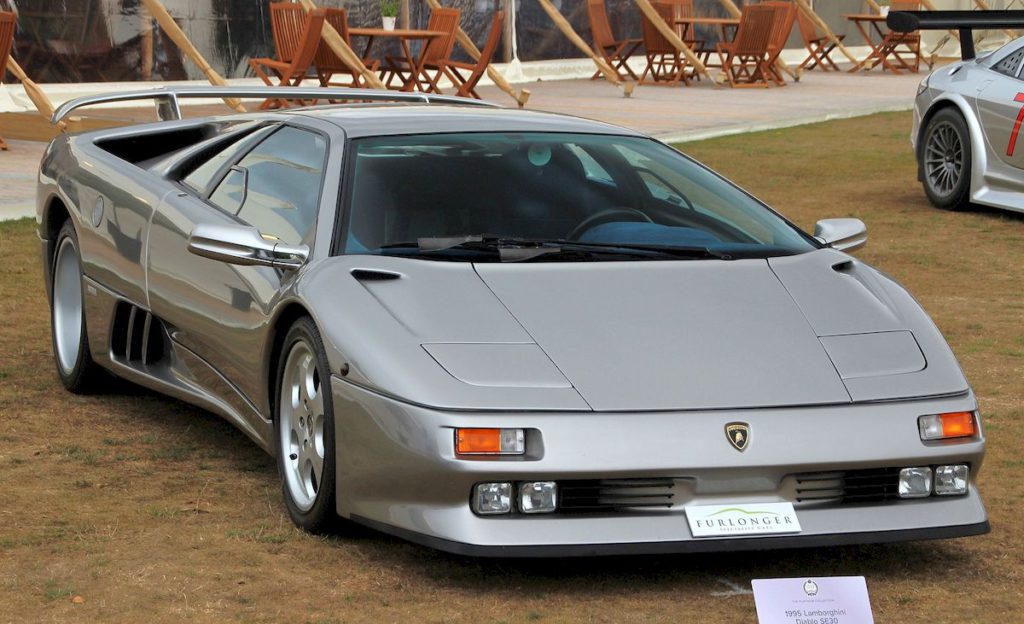
While the standard Lamborghini Diablo was street-legal, Strosek’s modified version crossed regulatory lines with its radical transformation. Its distinctive “Arrow” body kit makes this custom Lamborghini unmistakable on sight. It wasn’t the power that made it illegal – it was Strosek’s aftermarket modifications to the headlights, mirrors, and other safety equipment that made it non-compliant with US import regulations. The base Diablo was perfectly legal, but these aftermarket changes rendered the car ineligible for US roads.
Lamborghini Strosek Diablo (Interior)
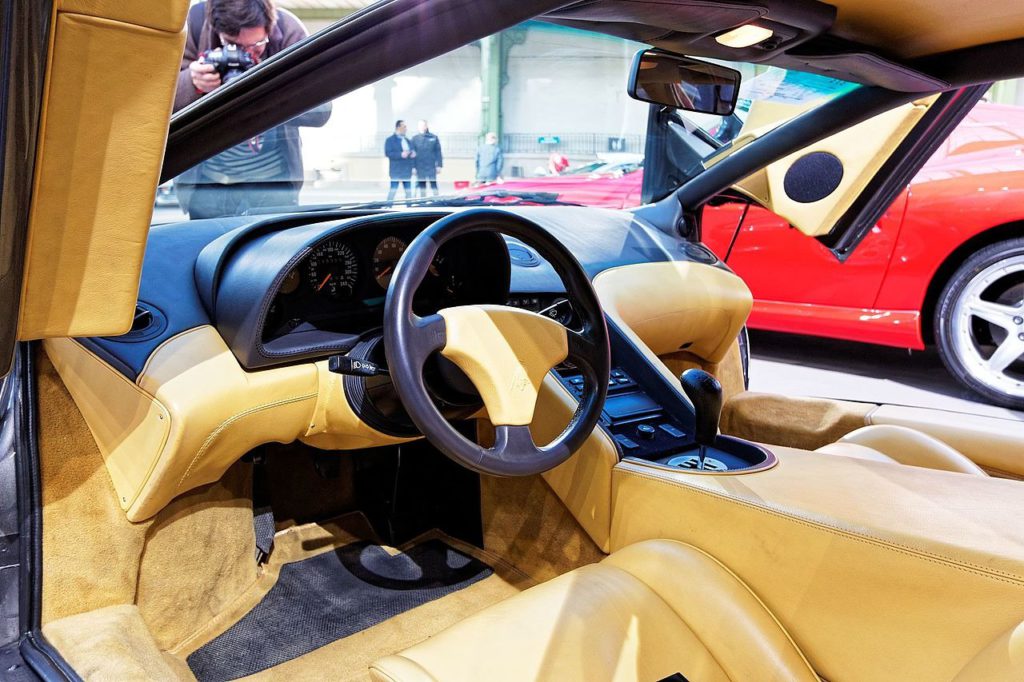
Every Strosek Diablo interior tells a unique story through custom stitching patterns and personalized color schemes. Strosek replaced the standard steering wheel with a smaller, more aggressive unit that improves visibility and tactile feedback during spirited driving. Custom gauges with distinctive lighting enhance nighttime visibility while adding to the theatrical driving experience. Many examples feature personalized color schemes requested by original owners, making each interior a one-of-a-kind environment.
8. TVR Sagaris (Exterior)
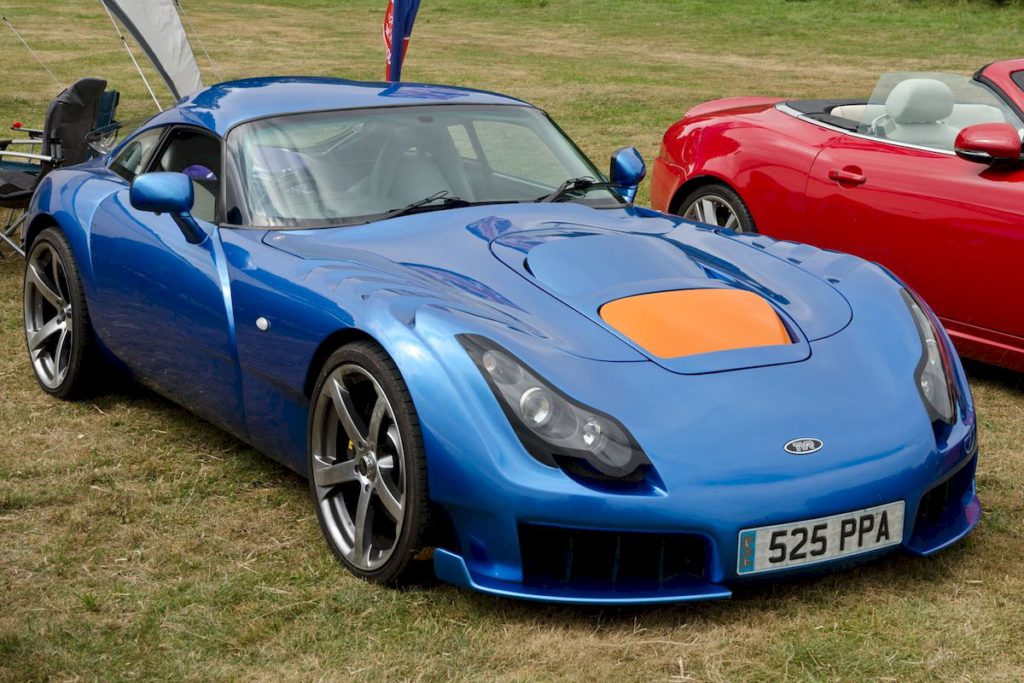
Tired of computers controlling your driving experience? TVR’s Sagaris delivers 400 horsepower without a single electronic nanny. TVR deliberately created this car without electronic driving aids or stability systems, rejecting technology that most manufacturers consider essential. This philosophy creates an unfiltered connection between driver inputs and vehicle response that demands skill and attention.
The Sagaris was never sold in the United States and was explicitly listed as ineligible by the National Highway Traffic Safety Administration (NHTSA). Its lack of modern safety systems and emissions equipment meant it couldn’t meet US standards. Finding a modern performance car with such an unfiltered connection to the road becomes increasingly difficult as electronic systems continue to multiply.
TVR Sagaris (Interior)

British eccentricity meets racing functionality in the TVR Sagaris cabin. Hand-crafted leather covers minimalist seats that place drivers in a race-inspired position for optimal control. The distinctive dashboard positions switches and controls in unconventional arrangements that require owner familiarity but allow quick access once mastered. A signature starter button hidden under a flip cover adds theatrical flair to every drive.
7. Jaguar XJ220S (Exterior)
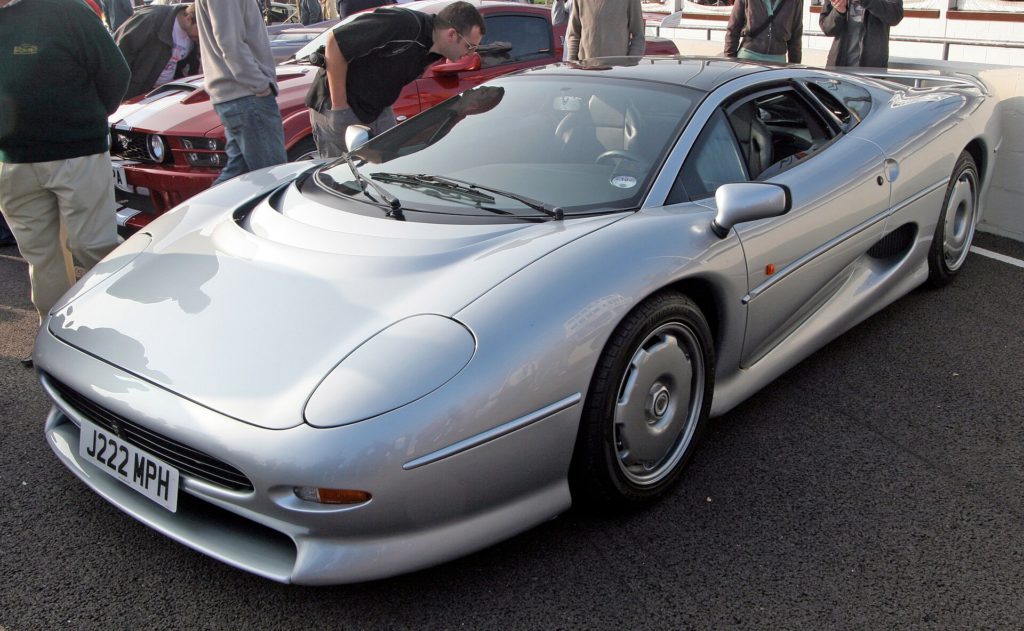
In an era when reaching 150 mph was remarkable, the XJ220S blazed past 212 mph with seeming ease. This Le Mans-inspired Jaguar stripped away everything that didn’t contribute to velocity, including safety features required by modern regulations. The resulting performance made it unsuitable for public roads in many jurisdictions without extensive modifications.
It’s important to note that the XJ220S was an extremely limited production vehicle with only 6 examples ever made. This race-derived special edition wasn’t a general production vehicle but a specialized track machine. It was never street-legal in the US due to lack of certification. Collectors prize these rare examples for both historical significance and raw capabilities.
Jaguar XJ220S (Interior)

Ever thought of experiencing a Le Mans race car on public roads? The XJ220S interior delivers that forbidden thrill. Jaguar replaced the standard XJ220’s already spartan interior with competition-spec components throughout the cabin. Racing bucket seats with multi-point harnesses replace conventional belts, providing superior support during high-g cornering. The simplified dashboard contains only essential information with auxiliary gauges monitoring critical engine parameters. A small-diameter racing steering wheel without power assistance delivers unfiltered feedback.
6. Nissan Skyline R34 GT-R (Exterior)
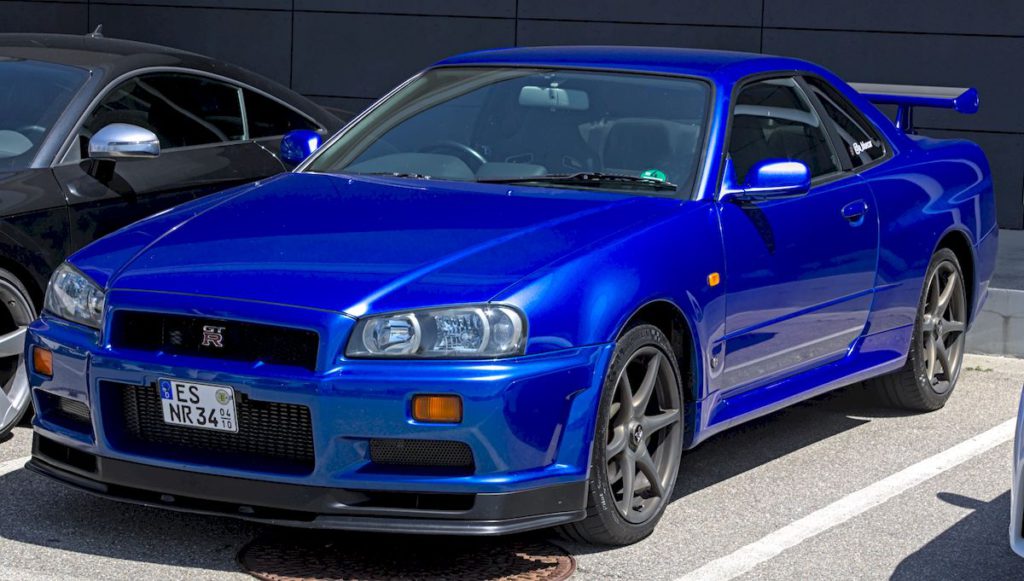
When regulations keep a legendary car from reaching enthusiasts, its mystique only grows stronger. US regulators didn’t ban the R34 GT-R for being too powerful – they refused it because it couldn’t meet strict crash safety and emissions standards of its era. Its sophisticated all-wheel-drive system and twin-turbocharged engine delivered performance far beyond contemporary competitors, but that wasn’t why it was kept out of the US.
The R34 GT-R became one of the most influential Japanese sports cars of its era, cementing its legendary status among enthusiasts. The 25-year import rule now offers hope to American enthusiasts who’ve waited to legally own this Japanese icon. For American enthusiasts who waited decades to legally own this forbidden fruit, the driving experience lives up to the mythology that grew during its absence.
Nissan Skyline R34 GT-R (Interior)
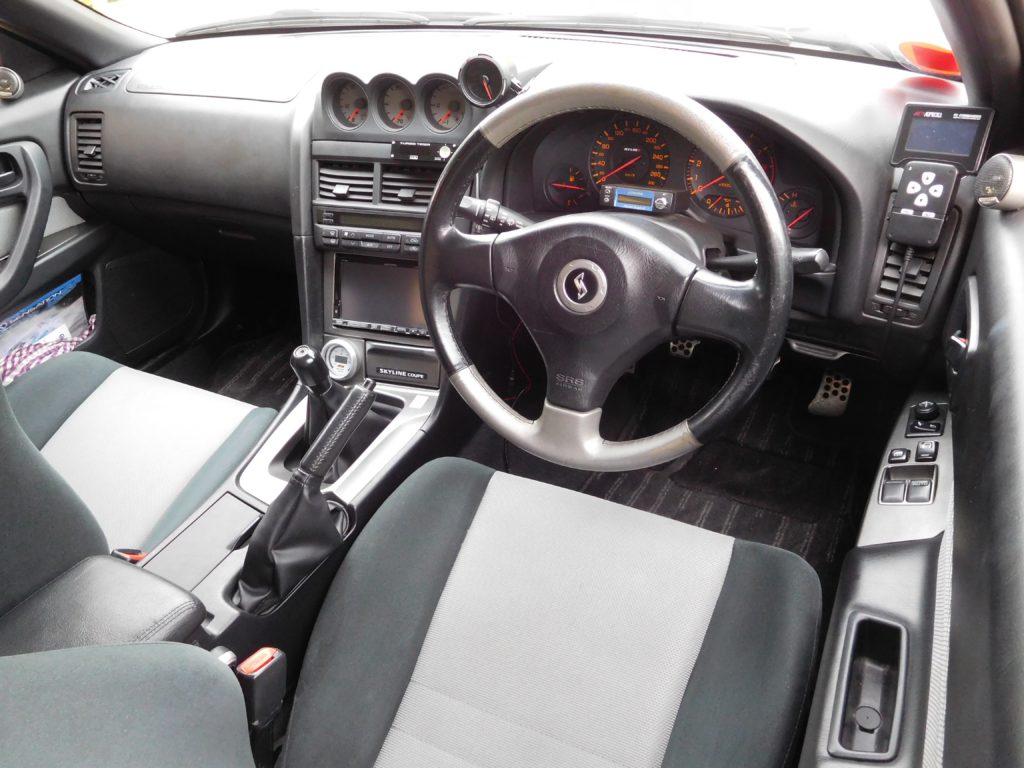
Before digital dashboards became commonplace, the R34 GT-R revolutionized performance monitoring with its multifunction display. This screen provides real-time performance metrics including turbo boost pressure, oil temperature, and g-forces long before such features became common in production cars. Heavily bolstered seats upholstered in distinctive blue-gray fabric hold occupants firmly during aggressive cornering. The three-spoke MOMO steering wheel became iconic among enthusiasts for its ergonomic excellence. Unlike many contemporary performance cars, the GT-R retained its rear seats for surprising practicality.
5. Porsche 964 RS (Exterior)

Comfort features add weight, which is why Porsche engineers ruthlessly eliminated everything non-essential from the 964 RS. Engineers removed sound insulation, air conditioning, and even the radio to reduce weight for maximum performance. This created a raw, uncompromising driving experience unsuitable for everyday use on public roads.
While American Porsche enthusiasts clamored for the 964 RS, it never officially made it to US shores. Instead, Americans received a watered-down version called the RS America, which retained many of the comfort features that European RS models eliminated. Each time values climb at auction, collectors reaffirm that sometimes the best driving experience comes not from what’s added, but from what’s deliberately left out.
Porsche 964 RS (Interior)
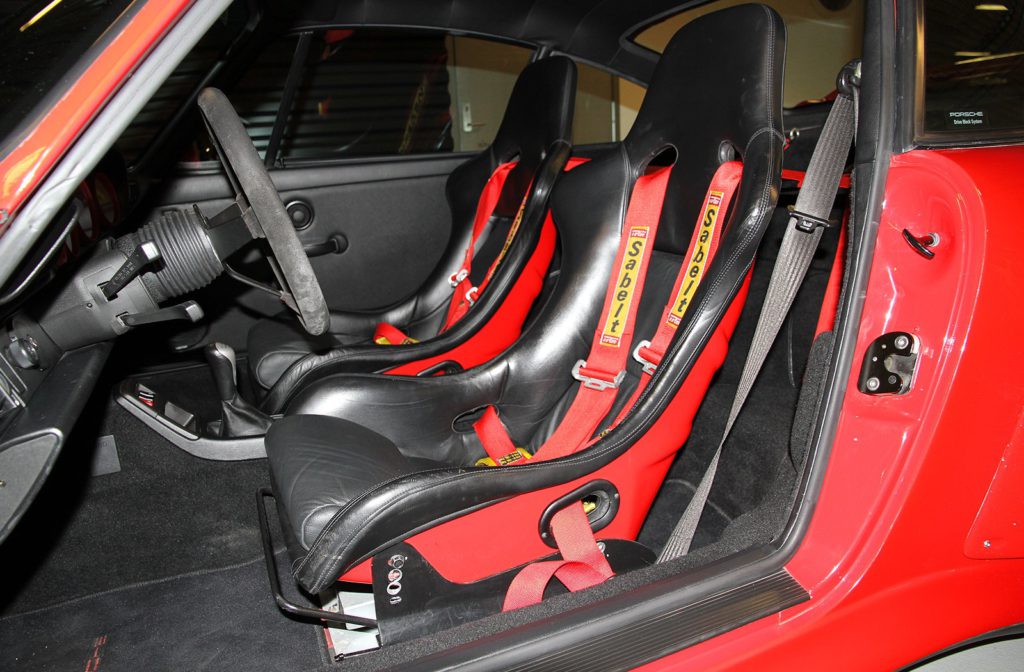
Step inside the 964 RS and witness what happens when engineers prioritize lap times over creature comforts. The cabin retains only essential elements with lightweight racing seats replacing the standard power-adjustable units found in civilian 911s. Door panels feature simple pull straps instead of conventional handles, while sound-deadening materials have been removed to save every possible gram. The dashboard maintains Porsche’s classic five-gauge layout, but non-essential warning lights and indicators have been eliminated.
4. Audi RS 2 Avant (Exterior)
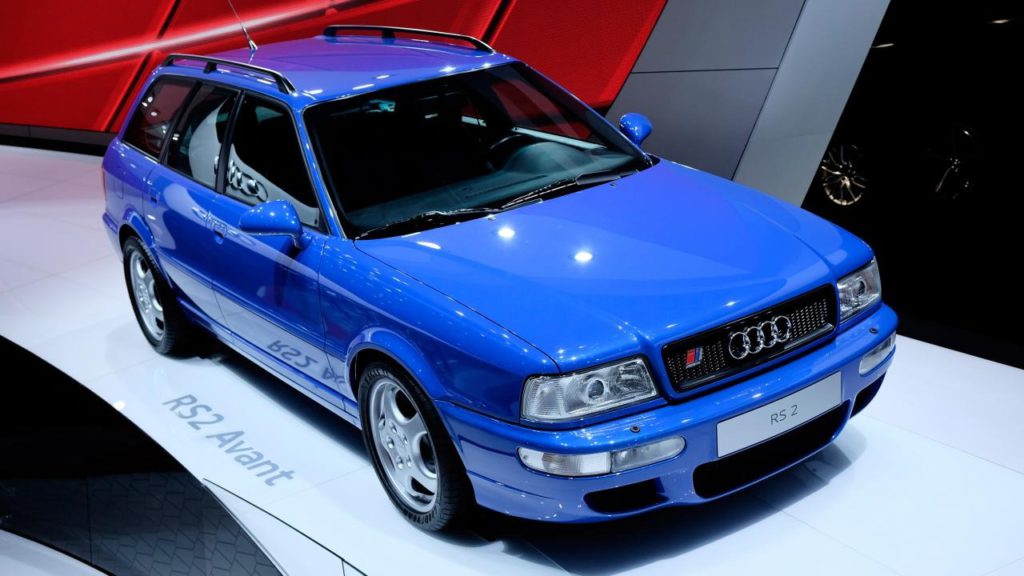
Station wagons don’t accelerate from 0-60 in 4.8 seconds—unless they’re the Porsche-tuned Audi RS 2. This pioneering performance wagon features a 2.2-liter turbocharged 5-cylinder engine that delivers exceptional performance in a practical package.
The RS 2 Avant was never formally “banned” in the US – it was simply never certified for US emissions standards. It was also refused under Show & Display import rules. The 25-year rule now allows these cars to be imported legally. The Audi RS 2 Avant represents the unfulfilled potential of high-performance wagons in the American market. When hauling groceries and children while still craving corner-carving thrills, nothing in its era offered such a compelling solution to the enthusiast parent’s dilemma.
Audi RS 2 Avant (Interior)
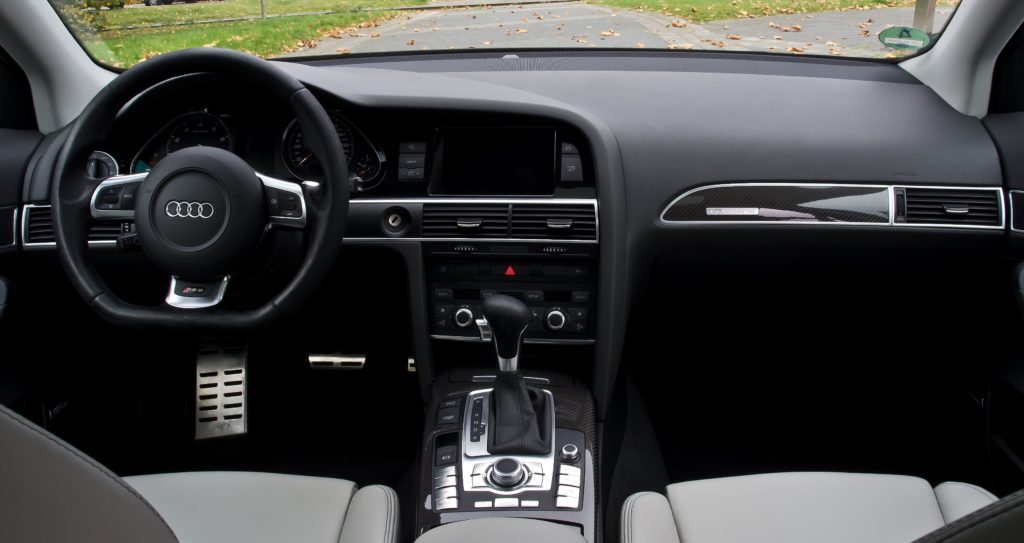
Sleeper performance meets family functionality in the RS 2 Avant’s thoughtfully designed cabin. Recaro sport seats upholstered in Alcantara and leather provide exceptional support during spirited driving while remaining comfortable for long journeys. The three-spoke steering wheel bears Porsche’s unmistakable influence, offering precise feedback that contradicts the car’s practical station wagon body style. Carbon fiber accents and aluminum pedals hint at the car’s performance credentials without compromising the premium feel expected from an Audi.
3. Morgan Le Mans ’62 Prototype (Exterior)
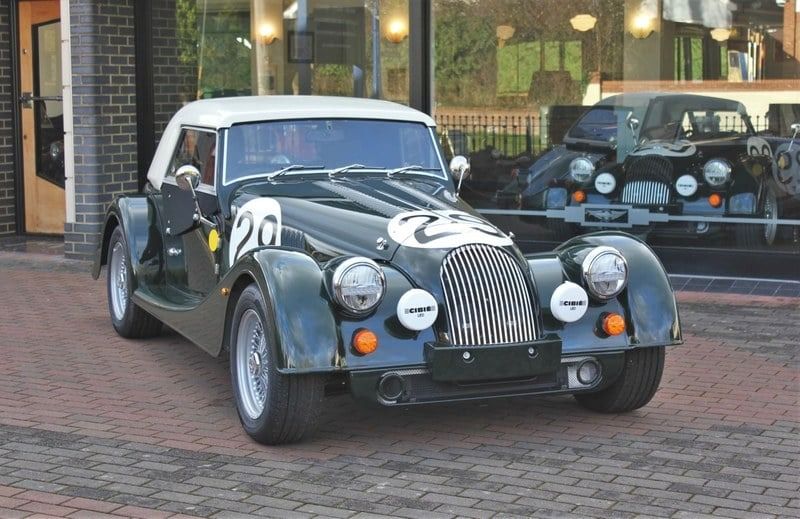
Caught between vintage styling and modern performance standards, the Morgan Le Mans ’62 Prototype became a beautiful outcast. This was not a regular production car but a special edition prototype. Despite its appealing combination of retro design and contemporary power, this Morgan lacks essential safety features required for road registration. These omissions prevent it from meeting legal requirements for public road use in most jurisdictions. The beautiful concept remains confined to private tracks and collections.
Morgan Le Mans ’62 Prototype (Interior)
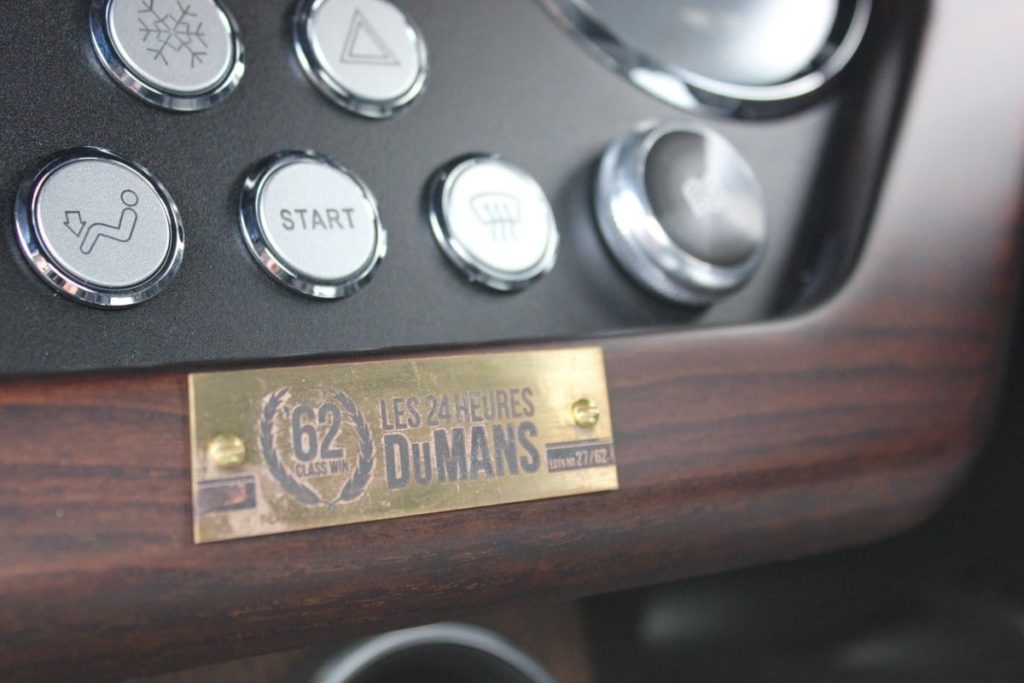
Entering the Morgan Le Mans ’62 Prototype’s cabin transports you to a bygone era of motorsport romance. Hand-finished wooden dashboard panels house classic Smiths instruments that deliver essential information with vintage charm. The leather-wrapped steering wheel—large in diameter and thin in rim thickness—requires deliberate inputs that engage the driver in conversation with the front wheels. Bucket seats trimmed in period-correct materials prioritize period authenticity over modern ergonomics, reminding occupants of the compromises gladly accepted by racers of the era.
2. Porsche Carrera 4 Lightweight (Exterior)
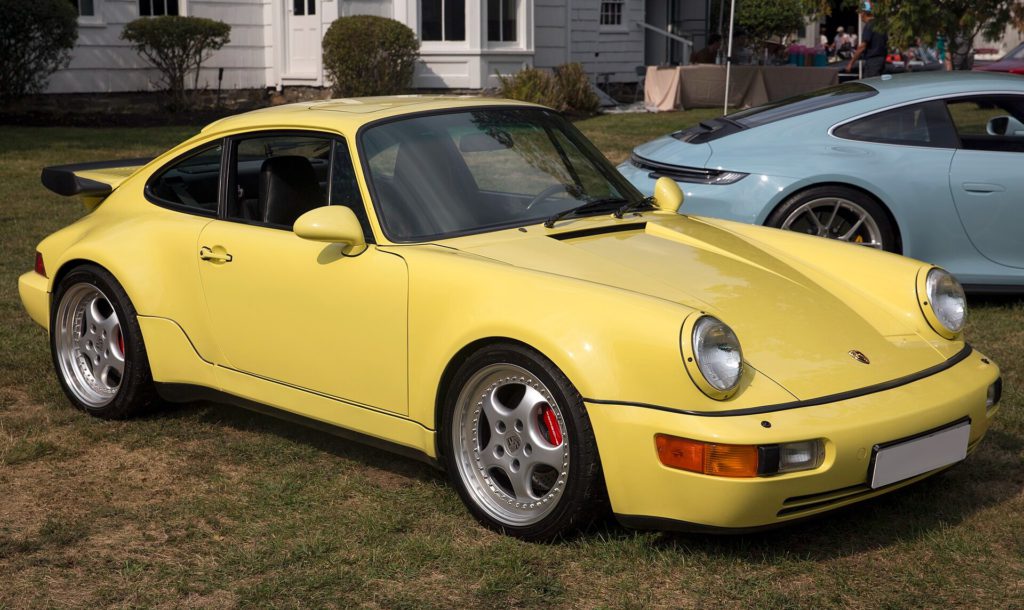
If you’ve ever wished for Porsche’s legendary handling without compromise, the Carrera 4 Lightweight delivered exactly that—but not for public roads. This specialized Porsche combines all-wheel drive with a dramatically reduced curb weight for exceptional handling characteristics.
The Carrera 4 Lightweight was never meant to be a road car denied road use – it was a purpose-built race car. It lacks a 17-digit VIN, meaning it wasn’t even legal in most of Europe. It’s not a case of being “too extreme” for public roads; it’s simply a race car that was never intended for street use in the first place. Track day participants who encounter one of these rare machines quickly understand why some compromises in comfort yield uncompromising capabilities where it matters most.
Porsche Carrera 4 Lightweight (Interior)
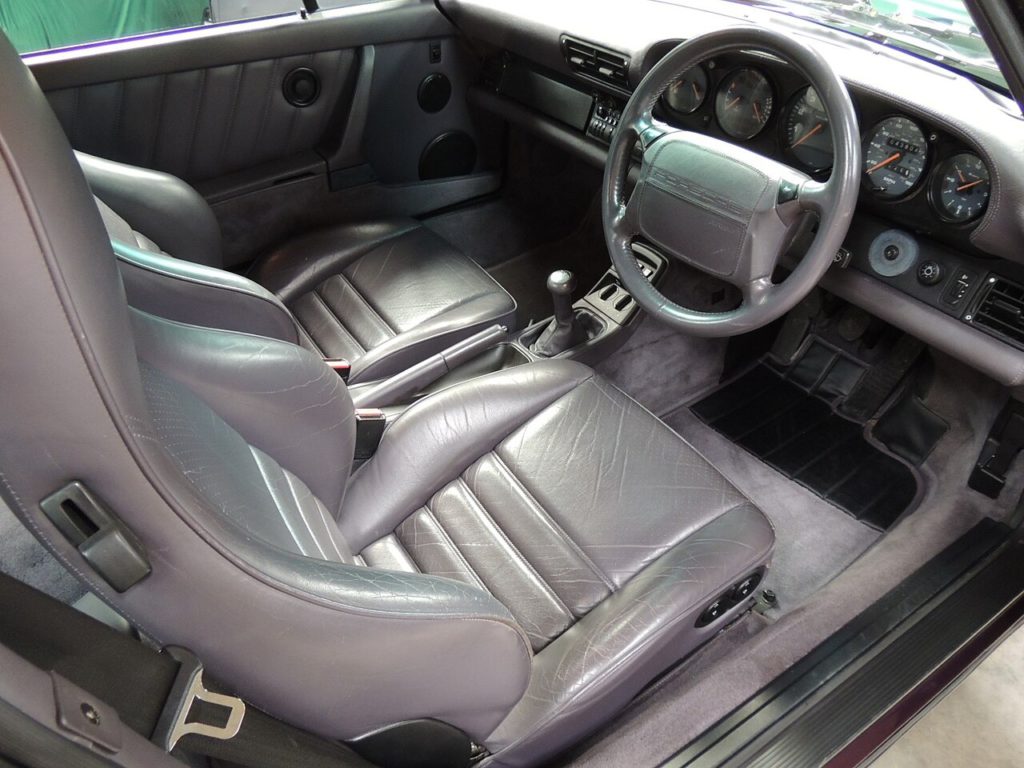
Racing purpose dictates every aspect of the Carrera 4 Lightweight’s interior environment. The full roll cage immediately signals this car’s track-focused intentions, with its tubular steel structure enhancing chassis rigidity while providing critical safety protection. Aggressively bolstered competition seats with multi-point harnesses hold drivers firmly in place during high-g cornering. Porsche engineers replaced standard door panels with minimalist carbon fiber units featuring fabric pull straps instead of conventional handles. The simplified dashboard retains only essential gauges while eliminating non-critical controls and comfort features.
1. Alfa Romeo 8C Spider Roadster (Exterior)
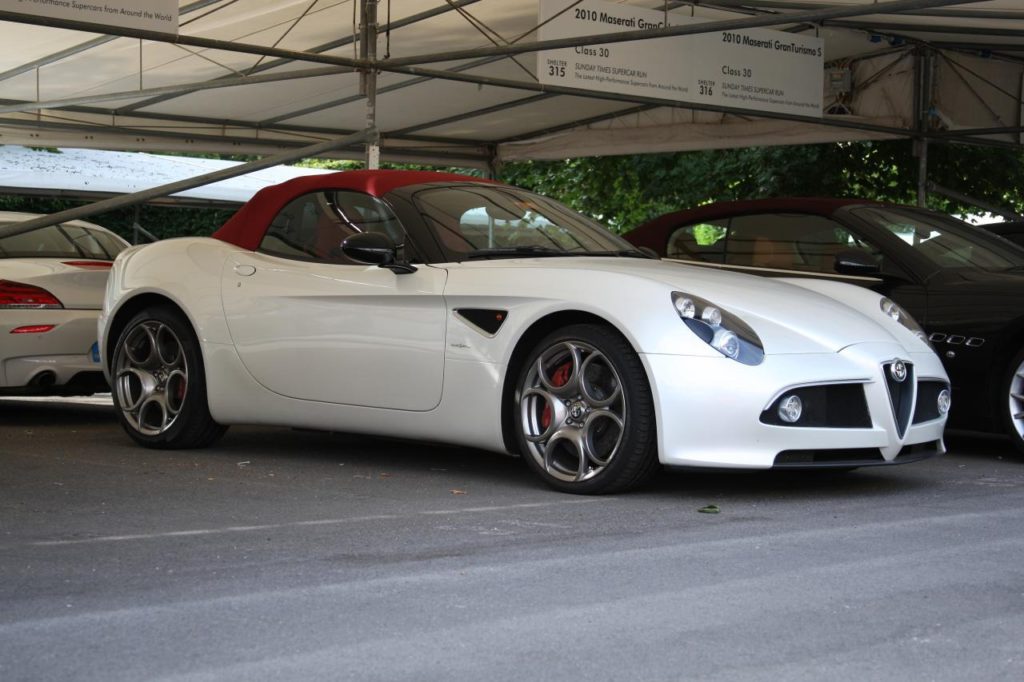
Beauty sometimes comes at a regulatory cost, as the Alfa Romeo 8C Spider Roadster proved with its Ferrari-derived 4.7-liter V8. This striking convertible produces an intoxicating exhaust note distinctive even among exotic cars. Alfa Romeo designed the 8C with flowing curves and proportions that automotive enthusiasts consider among the most beautiful of modern sports cars.
Differences between European and US crash safety standards initially prevented widespread importation without significant modifications. However, unlike other cars on this list, a small number were later imported legally to the US. With each passing year, the 8C’s design looks even more timeless as modern sportscars chase trendy styling elements that may not age with similar grace.
Alfa Romeo 8C Spider Roadster (Interior)
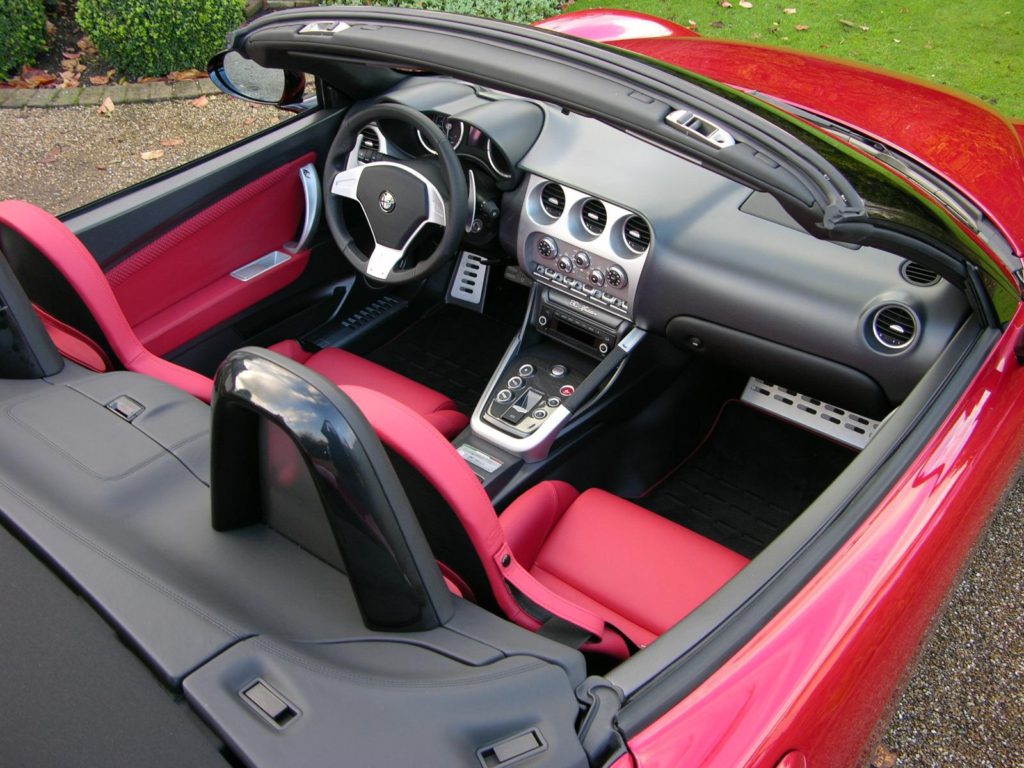
While mass production dominates modern car manufacturing, the 8C Spider’s cabin showcases the dying art of Italian handcraftsmanship. Hand-stitched leather covers the sport seats and dashboard, with carbon fiber and aluminum accents providing visual contrast throughout the interior. The driver faces classic round gauges housed in a driver-oriented dashboard that prioritizes crucial information. Alfa Romeo positioned controls with an emphasis on driving engagement rather than technological complexity. The open-top configuration allows occupants to experience the full sensory experience of the powerful V8 engine.









